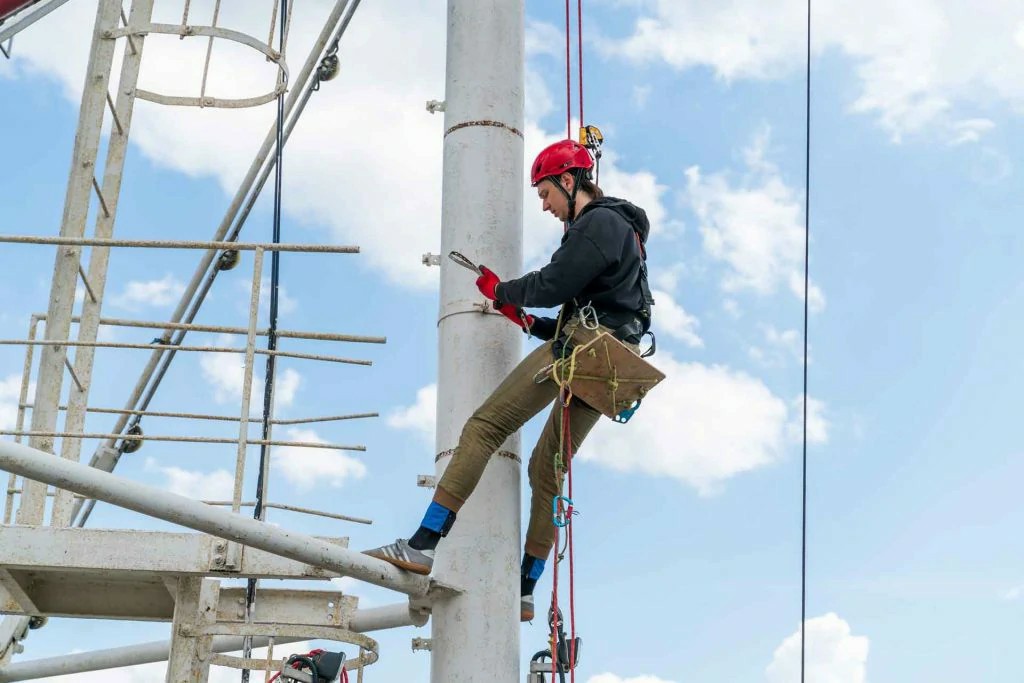


 349,500 Offered Certificates
349,500 Offered Certificates
 24/7 Online Training
24/7 Online Training
 Money Back Guarantee
Money Back Guarantee
 Fully Accredited Courses
Fully Accredited Courses

Created at: 22-02-2025 16:34
Working at heights is an essential aspect of many industries, ranging from construction to maintenance. While essential, it also poses significant risks if not managed correctly. The most common mistakes made by workers in these situations can lead to serious injuries or even fatalities. Fortunately, with comprehensive Working at Heights training, many of these mistakes can be minimized or entirely avoided.
The stakes are high when working at heights. Understanding what often goes wrong is the first step toward prevention. Let’s discuss some frequent blunders workers make when working at heights:
One of the most glaring mistakes is the improper use of safety equipment. Workers may use a harness that is not rated for their weight, fail to adjust harness straps correctly, or neglect to inspect equipment before use. For instance:
Another significant error is the failure to perform a thorough risk assessment before commencing work. Workers may rush to start their tasks without considering the potential hazards present. Examples include:
Ignoring established safety procedures can undermine even the best safety measures in place. Situations include:
Each of these mistakes can lead to devastating consequences not only for the individual worker but also for the entire organization. A fall from height is often life-changing, resulting in long-term injuries or even death. Moreover, organizations may face:
Proper Working at Heights training and certification play a vital role in preventing these errors. Accredited programs equip workers with the knowledge and skills they need to operate safely. Here’s how:
By learning about the different types of personal protective equipment (PPE) and their correct usage, workers can avoid unnecessary risks. Training courses often include:
Participants in a certified Working at Heights Course are trained on how to assess risks effectively. This includes:
Structured training programs stress the importance of adhering to safety protocols. This might include:
Every worker deserves to return home safely after their shift. Employers should prioritize Working at Heights training and certification to mitigate risks associated with working at heights. Whether you are based in Dublin, Cork, or Galway, investing in a Working at Heights Safety Course is essential to ensure the safety and well-being of your workforce.
For more information on certified training programs, please visit Ireland Safety Training or contact us at [email protected].